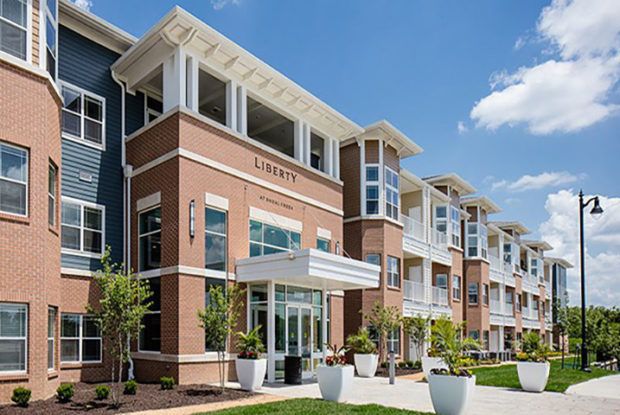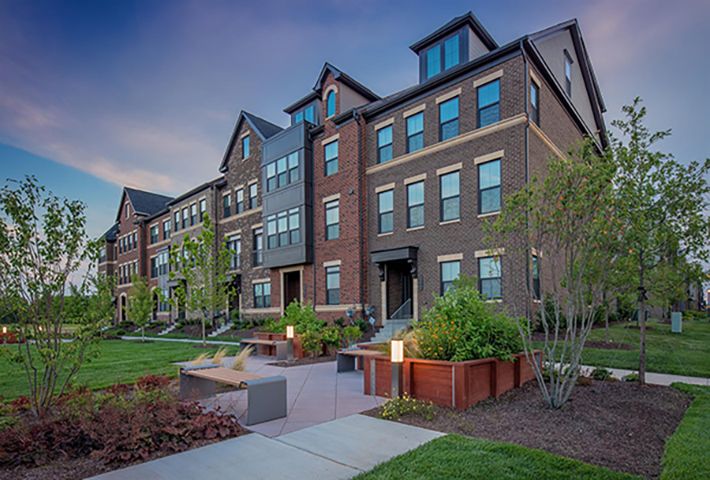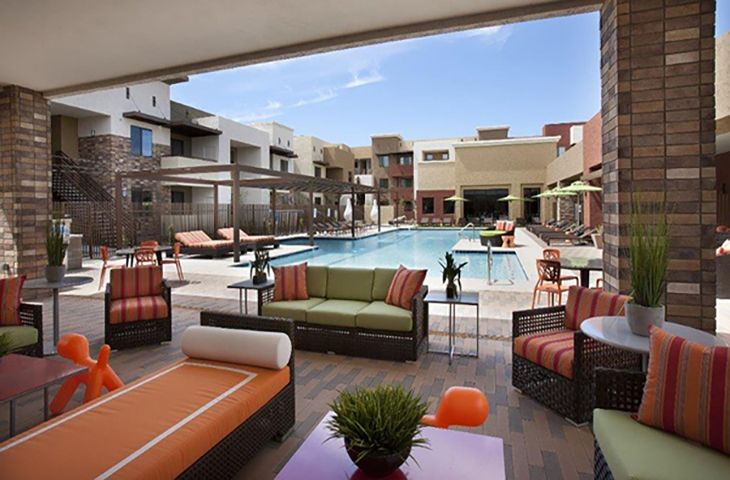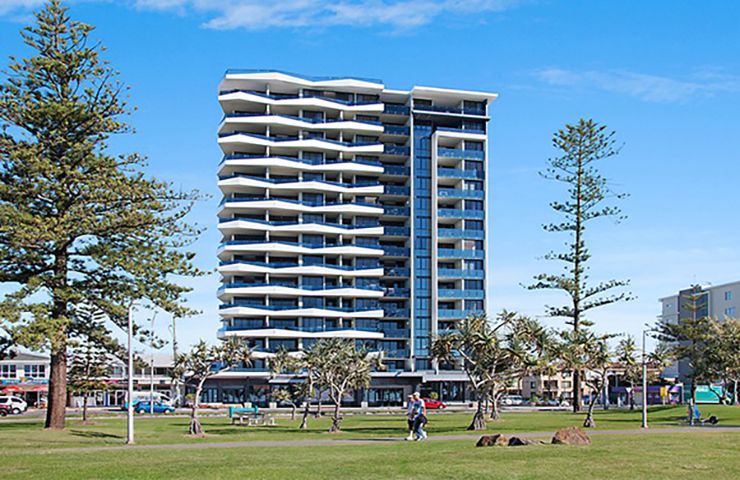Everyone gets old, it’s a fact of life. Once the family has moved away and you are left with a big house and property you haven’t the energy or funds to maintain, it might be time to look for senior housing. If you or a loved one are considering a senior living community or nursing home, then it’s important to know a bit about the industry; especially since pricing in those facilities has historically been so high.
Luckily, recent changes in the senior housing market have been affected by an anticipated surplus of seniors in the next 20 years, most of whom will also be looking for housing. Costs can vary, of course, and they depend on many different factors. Things like location, accommodations, amenities, service fees, and levels of care, are all things to consider. Thankfully, it looks like odds are in favor of the consumer for once; at least if that consumer knows where to look.
Featured Photo Credit: shutterstock.com
By the Numbers
It may seem a bit shocking but as of 2016, reported the cost of a one bedroom suite in a senior home was about $3,628 a month. That’s according to the Cost of Care Survey. A private room costs about $7,500 a month. It must be noted that between the two costs, increased a total of 5% in the five years previous and have continued to rise.
With current increases being what they are, it’s safe to assume that senior living may soon become a luxury that very few will be able to afford. Nevertheless, there are at present about one million seniors living in the estimated 28,000 assisted living residences in the United States. With life expectancy continuing to be on the rise, there are estimated to be double that number by 2035 and that’s actually a good thing for those looking for senior housing
A Surplus of Seniors
All hope is not lost. Current trends in senior living look to create an unexpected boom in the space. Part of this is due to the high numbers of projected seniors that may need housing and the number of housing communities and housing developers looking to double and triple their amount of residences in the next 10 years.
This is due in part to the new senior living options available to the elderly. Things like multigenerational communities, urban senior communities, and more. Prices seem to be temporarily down for the time being, but it’s unlikely the trend will last long.
Even though construction has already begun on these homes, there is still likely to be a significant gap of time where the number of senior homes will outnumber the number of seniors currently living in them. In order to draw more folks to these half-abandoned assisted living facilities, developers will likely be offering deals and discounts.
Saving for the Future
This represents and an incredible opportunity for you or your loved ones to save on the previously exorbitant cost of senior housing. It also means that any senior who is ready to make a move or seriously considering it in the coming years may actually wish to take advantage of these potential incentives while the demand is low.
It’s important to remember that though these deals do exist, it’s not exactly as if they’re being advertised. Residences don’t want to lose money in the interim if they can help it and they certainly don’t want their existing senior residents negotiating for lower prices.
The best way to find the deals is to research facilities in your local area and find out what opportunities and incentives might be available. Act now, don’t wait until the numbers even out and the odds shift away from the consumer’s favor.



